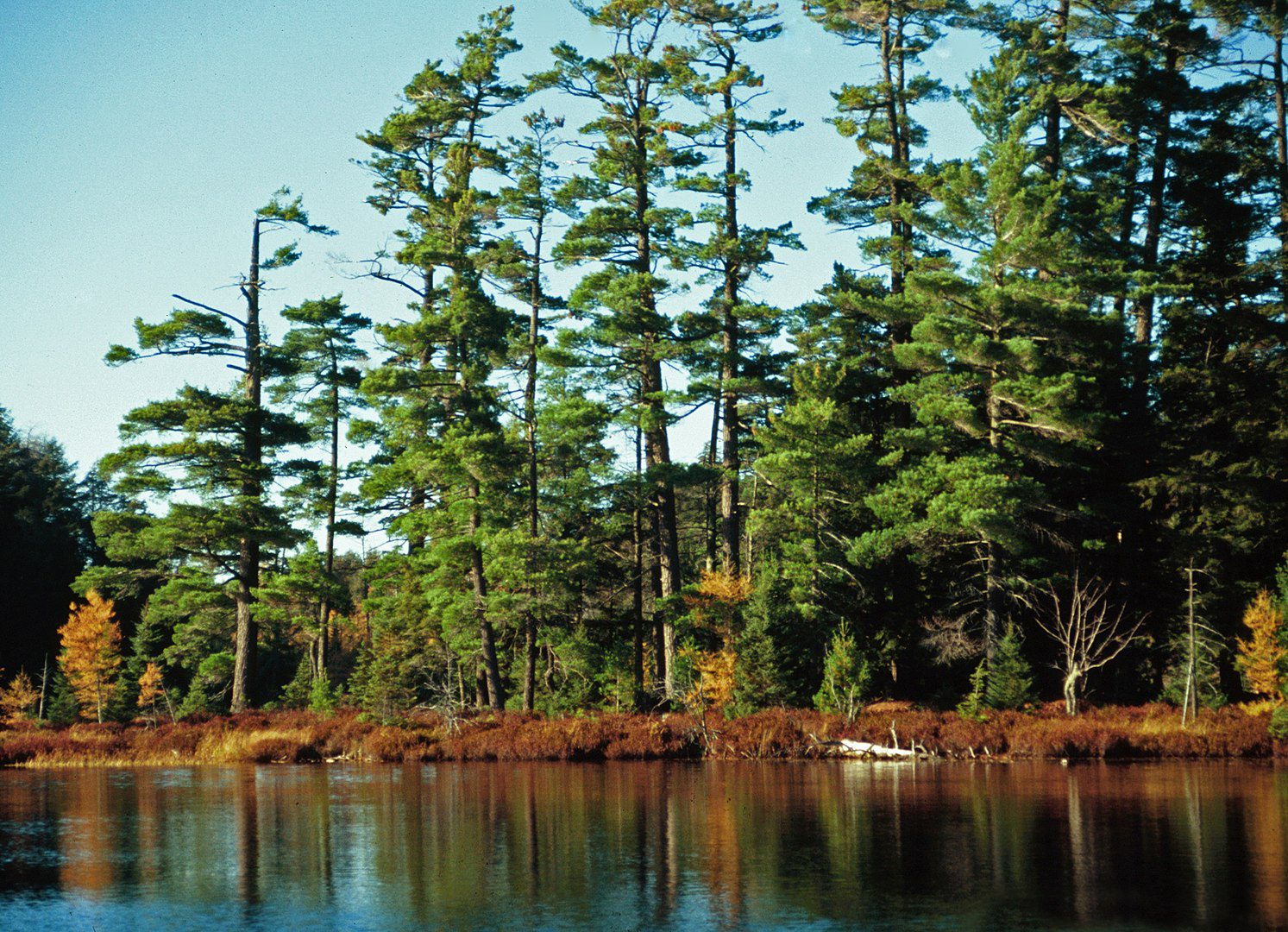At the core of American Democracy is an image of renewal that retains its inspirational power in the face of any adversity. It is the image of the roots, trunk and branches of a living tree. Some of us today can see this tree quite vividly, and for others the image is outside of awareness—but all may invoke it at this perilous moment in history and remember its message of strength in unity.

You are invited to envision the towering beauty and sparkling leaves of the mighty pine trees of the Eastern woodlands. They can grow as high as 230 feet, can have a diameter as wide as 8 feet and a canopy as broad as 50 feet. You are invited to see these trees not as metaphors or archetypes—but rather as a separate nation of breathing beings with a deeply intelligent organization from which we humans can learn. Only this level of respect will enable you to understand how an indissoluble federal government could derive from a tree.
The Eastern White Pine was the bio-mimetic source of Gayanashagowa (the sacred alliance of the Iroquois) which united five fiercely divided Indian nations. Thereafter it profoundly influenced the binding together of the English colonies into a United States of America and later the joining together of the countries of the world into a United Nations.
By examining The Great Law of Peace—an oral constitution rooted in unity, balance and mutual respect—we will uncover how indigenous concepts of collective governance, consensus building and communal responsibility helped shape democratic ideals embraced by the “founding fathers”. We will also look unflinchingly at what was specifically omitted when they borrowed from Native governance and see in this both the terrible human cost that followed as well as the roadmap to repair.











